eSports
The Rise of eSports: The Future of Competitive Gaming
Discover the rise of esports and what’s fueling the future of competitive gaming. Get practical mobile-focused tips, training routines, and winning strategies for players at every level. Join the movement.
Advertisement
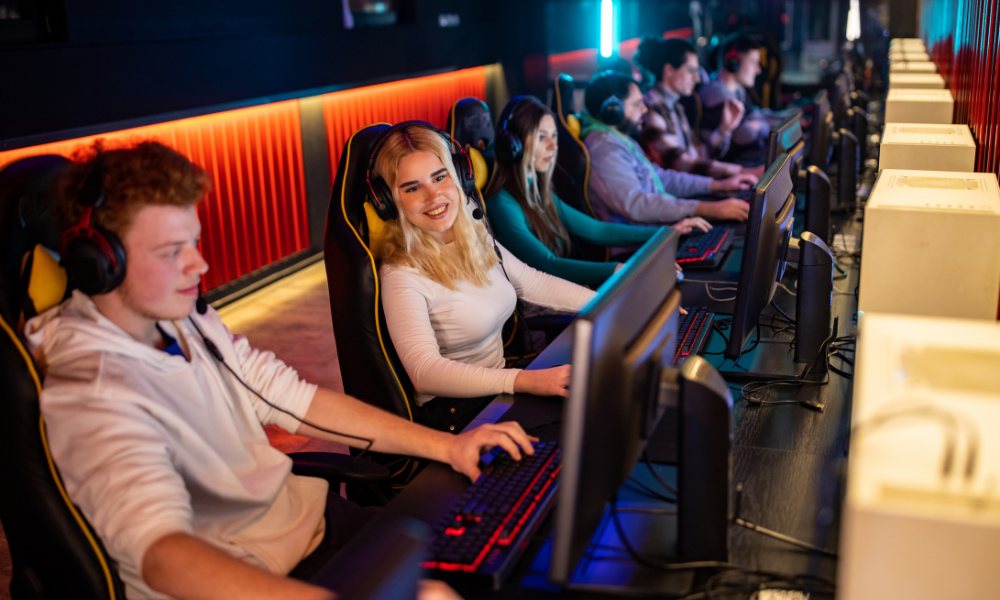
Picture a buzzing arena: fans cheering, giant screens flashing, and players gripping mobile devices. Competitive gaming, once a niche hobby, is now a global movement. That momentum, known as the rise of esports, holds lessons for anyone curious about the future of games and community.
Competitive gaming has evolved beyond basement LAN parties. The rise of esports has fueled a massive economic and cultural shift, influencing how people play, learn, and connect. This transformation touches every corner of the gaming ecosystem, from players to mobile technology.
Ready for a journey through milestones and insights that shape the future of esports? We’ll explore practical examples, actionable steps, and trends that anyone—whether gamer or spectator—can learn from and apply. Let’s dive into the world of competitive gaming’s rise and its lasting impact.
Understanding the Competitive Structure: Know What Makes eSports Unique
Tournaments, team dynamics, and digital crowds define what sets this arena apart. Grasping the framework of esports clarifies why its rise is more than just media buzz—it’s a new way to think about games and teamwork.
In contrast to casual gaming, esports introduces strict schedules, coaching, and high-stakes matches. Behind every major mobile esports event stands meticulous planning: brackets, ranking systems, and layered qualification stages, all engineered to deliver drama and fair play.
Building an eSports Tournament: A Realistic Checklist
Start with game selection: pick a title with a strong competitive scene, such as a popular mobile MOBA or shooter. Assess if the publisher supports organized tournaments—that makes securing official rulesets and tools much smoother for first-timers.
Choose a format that fits the community: single elimination gets fast results, but double elimination offers second chances and more excitement. Budget for digital streaming setups, referees, and live social media managers. Use clear communication—”Our next round starts in five minutes” gets results.
Announce your tournament rules: stick to precise, example-based statements, like “All matches must begin within two minutes of the scheduled time or teams forfeit.” Pin this to your Discord server to keep everyone aligned and reduce confusion.
Team Play Versus Solo Play: Contrasts and Best Practices
The rise of esports is built on collaboration. Forming a team demands regular practice slots, shared language phrases—”banana push incoming, rotate now”—and honest post-match feedback without blame or hedging. Teams that win consistently use check-ins before and after every match.
Solo players chase glory too, but structure their grind around self-review. They record gameplay, clip mistakes, and mimic pros—”Notice how I peeked too early here.” These tangible habits let solo competitors level up quickly in mobile titles, especially in battle royales.
Both approaches need mental training: deep breathing after a tough loss, or setting measurable daily improvement goals. Whether you’re a five-stack squad or a determined solo player, borrowing tactics from both camps lifts your game.
| Feature | Team Play | Solo Play | Takeaway |
|---|---|---|---|
| Communication | Verbal callouts, shared signals | Self-guided decision-making | Mix both: clear calls aid teams, reflection builds solos |
| Practice | Scheduled scrims and reviews | Individual drills, replay study | Alternate formats to avoid burnout |
| Strategy | Pre-planned roles and setups | Adaptive, reads the field | Learn both to react faster in matches |
| Progress Tracking | Shared reports, improvement boards | Personal stat tracking | Use checklists regardless of team size |
| Mental Prep | Group support, stress-busters | Solo meditations, post-loss review | Blending support systems is key |
Building Your Skills: Practicing with Purpose, Reviewing with Intention
Every aspiring esports competitor—mobile or otherwise—accelerates learning by mapping skills, planning session goals, and building habits that stick. It’s easy to practice, but targeted repetition supported by objective feedback supercharges improvement.
Don’t just grind endless matches. Rotate focus: one day practice tactical movement, the next session study top-tier streamers for advanced timing cues. This approach, used by rising stars in the rise of esports, turns casual play into measurable progress.
Designing an Effective Mobile Training Week
Break the week into themes. Monday, work on reflex drills—track your tap accuracy and map awareness. Tuesday, dedicate to communication, replaying clips and annotating your calls. Wednesday blends these with friendly scrims against reliable opponents.
Keep a session log. Jot down specifics—”Missed late rotate” or “Nailed flash combo, round 16.” This practice, used in top regional mobile leagues, lets you spot patterns and avoid drift in your training.
- Focus on one weakness per session: Deliberately choose a single issue and track its improvement to keep sessions sharp and effective.
- Record and review every fifth game: Use simple screen recording on your mobile and jot quick improvement notes after key matches for objective learning.
- Apply pro-level checklists: Download or write your own—”Maintain map control, re-center camera every three seconds, pre-aim corners.” Consistent execution drives growth.
- Balance solo drills and team scrims: Arrange practice blocks for both. Solo time locks in mechanics, scrims teach live adaptation and team synergy.
- Rest between practice blocks: Set 5-minute breaks for eye health and mental reset. Top mobile players use short, scheduled rests for sustained progress.
These habits show why the rise of esports isn’t luck but structured preparation and growth. Every routine above reflects what regular competitors do for mobile esports stardom.
Reviewing Your Game: Two Quick Reference Steps
After every match, ask: “What did I do well?” Count specific good calls or positioning wins—never settle for just “played okay.” This step highlights actionable strengths to repeat in future games.
Second, identify one loss from the game’s replay. Pause at the moment, write “bad rotate at 18:15,” and describe a better choice. Small, written tweaks beat vague “be better next time” thinking—it’s central in the rise of esports for mobile competitors.
- Review losses first: It’s tempting to start with your wins, but focus on defeats and tag three actual missteps to correct, not just unlucky breaks.
- Re-watch top-level mobile matches: Compare your calls and movements directly to pro plays. Ask, “What’s done differently?” and mimic one adjustment in your next session.
- Summarize lessons in a chat: Share two takeaways with your team or a friend each session—talking out solutions cements new habits and accountability.
- Adjust hardware positions: Quick ergonomic checks reduce hand strain—a lesson from experienced mobile competitors embracing the rise of esports.
- End with a reset: Actively close gaming apps for a mental break. This small step primes you for focused, effective next sessions.
The strive for efficiency and sharp improvement, visible at every major esports event, powers the continued rise of esports across all levels, from casual mobile players to global tourneys.
Leveraging Mobile Technology: Transform Devices into Winning Tools
Maximizing your mobile device’s settings can elevate gameplay from basic to championship caliber. Touch sensitivity, battery planning, and app optimization are foundational—every rise of esports story relies on technical fluency as much as mechanical skill.
Learning the options in your software and hardware pays off in fractions of a second, which is where tournaments are won and lost.
Tuning Device Settings for Consistent Play
Configure your brightness and color profiles before scrims or matches. Set do-not-disturb and silence all notifications—pro players share screenshots showing a bare, focused homescreen before every event.
Mapping customizable controls to fingers’ natural reach builds comfort and speed. Copy a pro’s control layout for mobile shooters, then tweak sensitivity in small increments—don’t leap to extremes and expect instant gains.
Monitor device temperature and battery. Keep a charging cable nearby and avoid performance drops mid-game. A warning pop-up shouldn’t decide tournament fate—you dictate when resets or swaps happen, not low power.
Gear Up: Accessories and Add-Ons that Impact Gameplay
Add finger sleeves or anti-slip grips for extra comfort in longer events. It’s a small shift, but major mobile competitions show top players using these to weather marathon rounds—comfort matches consistency in every rise of esports championship run.
Upgrade headsets for clearer in-game audio, not just raw volume: spotting footsteps early buys you tactical seconds. Lightweight phone stands stabilize screens during mobile tournaments, reducing shaky hands and boosting aiming.
Invest in fast, stable internet—use Ethernet-to-USB adapters for flagship devices if Wi-Fi fluctuates. This ordinary hardware tweak stops surprise disconnects, mirroring best practices in big-league events across the rise of esports ecosystem.
Building an Online Identity: Creating a Competitive Persona and Community Presence
Launching a memorable identity boosts visibility and boosts reputation. The rise of esports emphasizes real, positive engagement—whether you’re climbing leaderboards or streaming, your brand needs sharp presence to attract opportunities.
Start with a unique gamertag and consistent avatar across platforms. Think direct: “My mobile handle tells new viewers I compete—it’s clear, not random.” Avoid private jokes or complicated tags; clarity gets invites and follows faster.
Streaming and Content Creation: Sharing Your Journey
Set up a quiet recording space—even a headphones mic and basic lighting work. Share session highlights, funny outtakes, and behind-the-scenes prep. Followers connect best with honest takes accompanied by visible improvement.
Use regular status updates: “Today’s mobile grind—Master rank in 2 weeks!” Pros schedule posts after wins and losses, offering tactics and honest lessons. Respond to chat using positive, actionable replies—”Great tip—I’ll try that build next match!”
Pin replays and tutorials on your feed. Organize clips by skill category, so new players know what to expect. This matches practices shown in every breakout creator’s story in the rise of esports community.
Staying Positive and Handling Toxicity
Mute negative chat before it derails your focus—a quick settings check prevents distractions, letting your game do the talking. Veteran players prepare friendly phrases: “GG, let’s keep grinding,” changing the tone after tense rounds.
Share specific praise even in losses. “Nice rotate, team, let’s practice map control tomorrow.” This gives direction and builds team belonging. Screenshot milestones, not trash talk—anchors your gaming identity in growth, a staple lesson in the rise of esports.
Remain flexible: If repeated trouble flares on one platform, try organizing game nights in smaller, trusted Discords. Adjusting environment sometimes beats confrontation for crafted online reputations.
Competitive Gaming’s Path Forward: Growth, Learning, and Community
Esports isn’t just about playing at an elite level or watching massive events. The rise of esports reveals a roadmap packed with skill-building, collaboration, and accessible entry points—especially in the mobile gaming space.
Sharpened routines, tuned mobile setups, and vibrant online identities drive this community’s evolution. The rise of esports will keep opening doors, offering new ways to compete, share, and stay connected—even as formats and games change.
Stay curious and adaptable—follow training systems, learn from every match, and join teams when possible. The future of the rise of esports blends personal achievement and shared moments, making competitive gaming a lasting part of global entertainment.
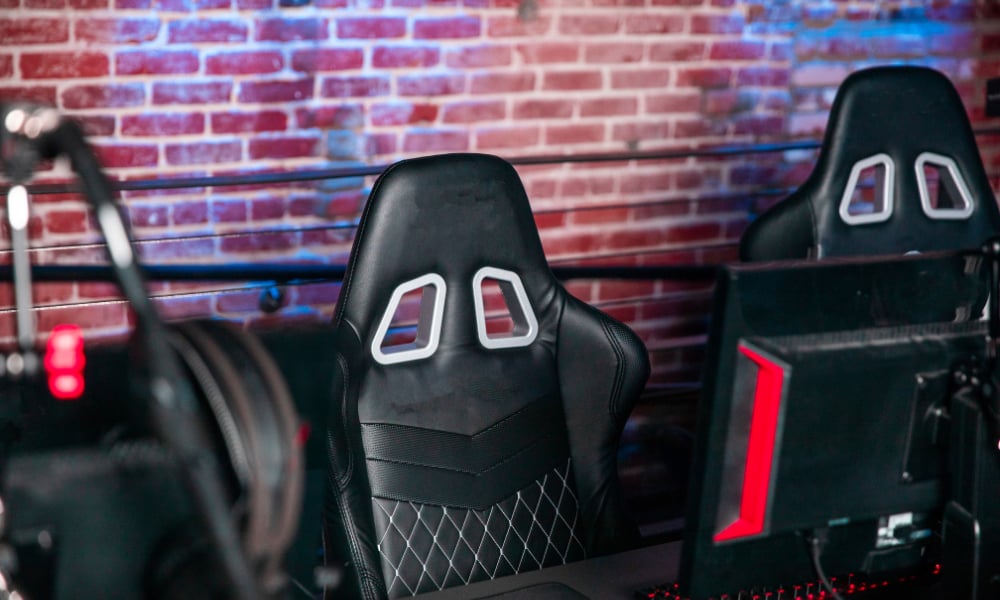
The Best Equipment for eSports Players
Pro eSports gear boosts reaction, comfort, and focus—fine-tuned equipment transforms every match into a consistent winning edge.
Trending Topics

How to Optimize the Performance of Your Mobile Games on Android and iOS
Optimize your device for smoother, faster mobile gaming with these simple tweaks—lower graphics, manage battery, and control notifications.
Keep Reading
How Mobile Games Are Taking Over the Global Market
The mobile gaming market is growing fast, adapting to modern lifestyles with quick, engaging experiences for players everywhere.
Keep Reading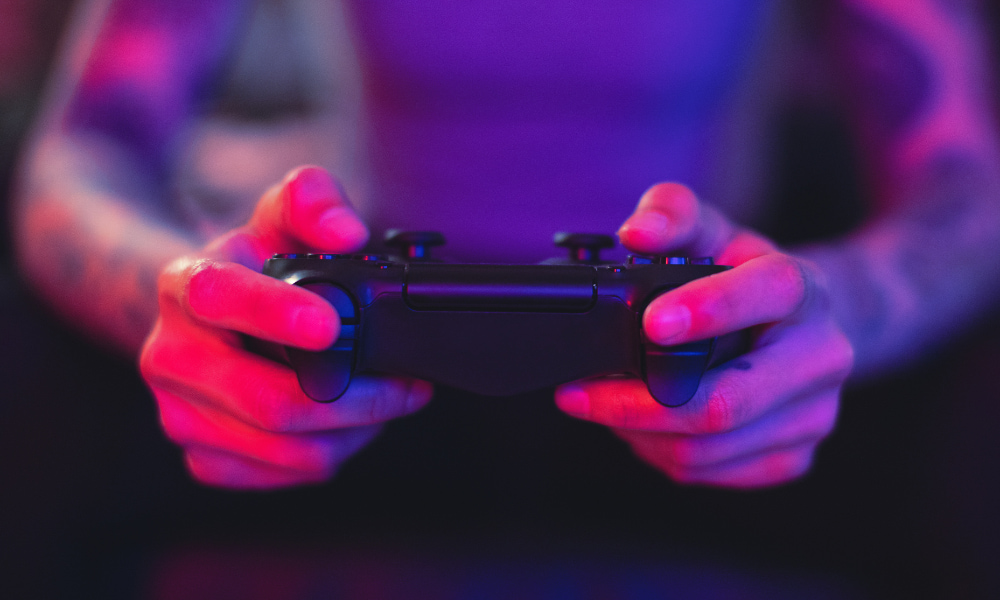
Tips on How to Customize Your Gear for Better Gameplay
Enhance your mobile gaming experience by customizing your gear for better precision, comfort, and performance.
Keep ReadingYou may also like
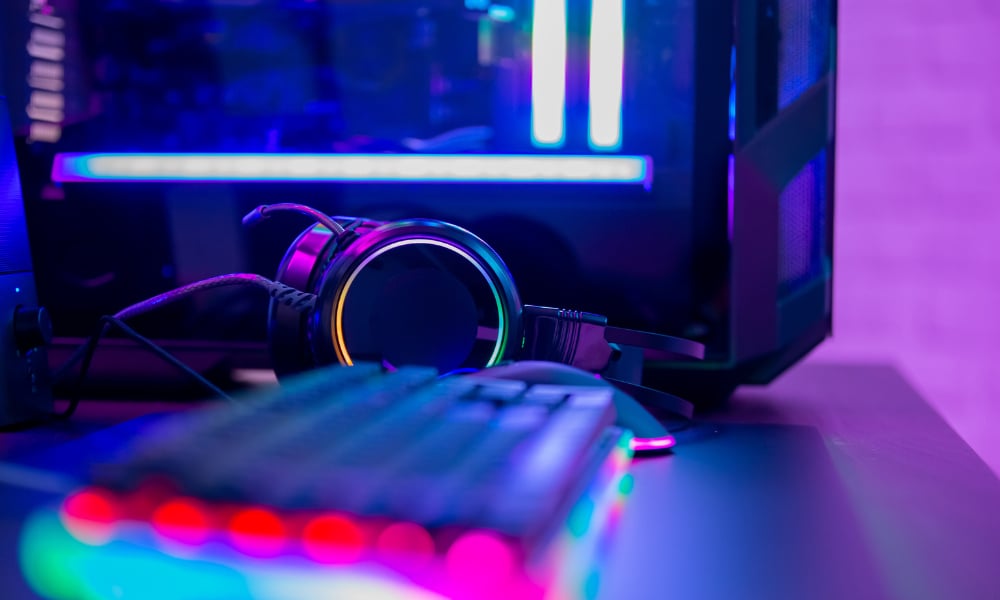
The Ultimate Guide to Starting a Career in eSports
Building an eSports career requires setting clear priorities, refining skills, and engaging with the community for long-term success.
Keep Reading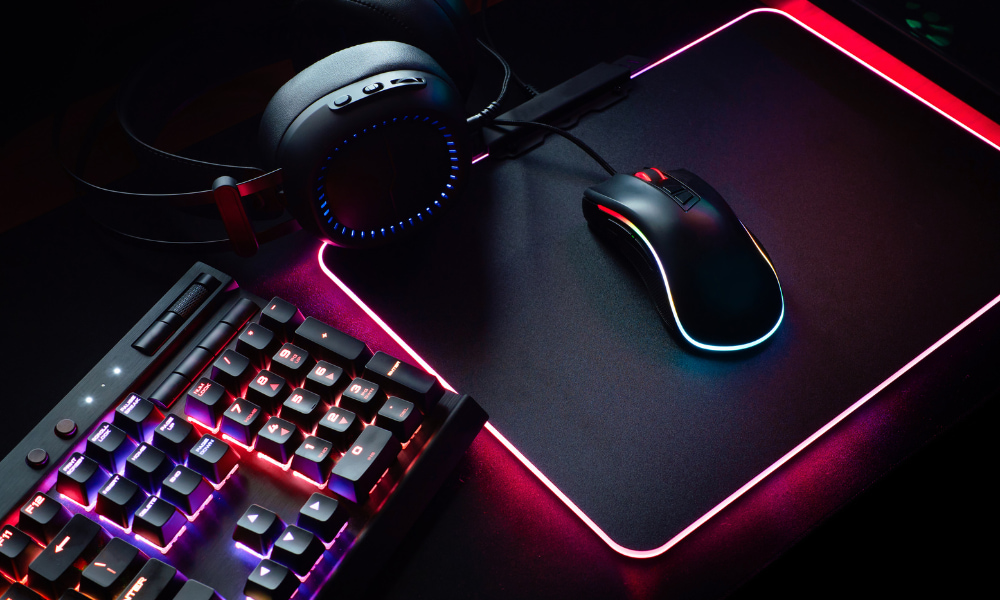
How to Play Better with Keyboard and Mouse: Tips and Tricks
Improve your keyboard and mouse gaming with tips on accuracy, custom key bindings, reflex drills, and ergonomic setups for better performance.
Keep Reading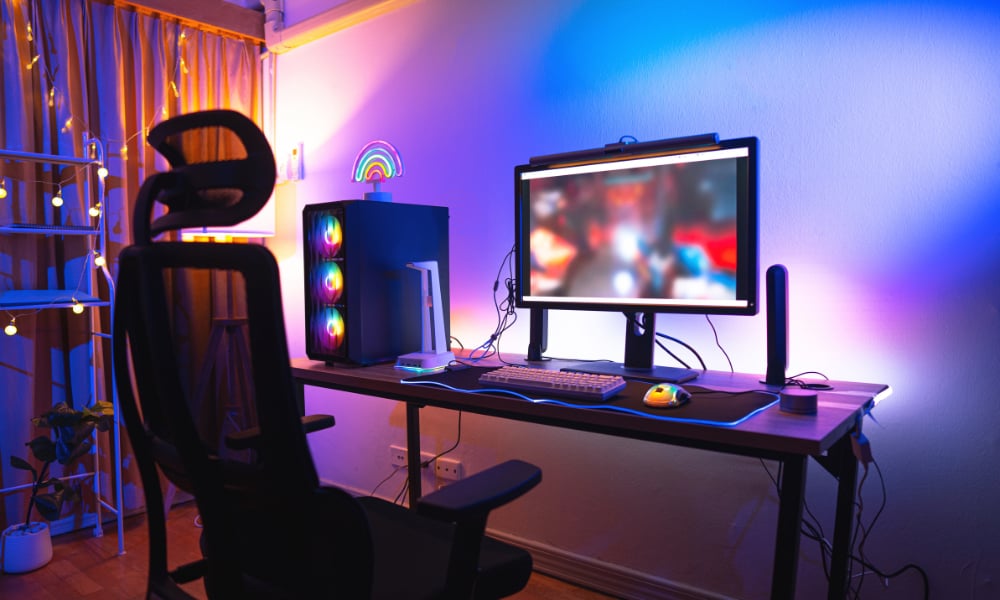
How to Use Mods and Hacks Safely in Your Games
Discover how to safely use mods and hacks in games. Follow these tips to protect your device, avoid bans, and enhance your gameplay experience.
Keep Reading